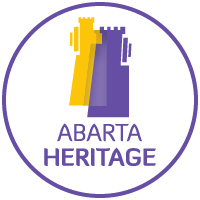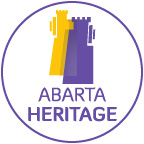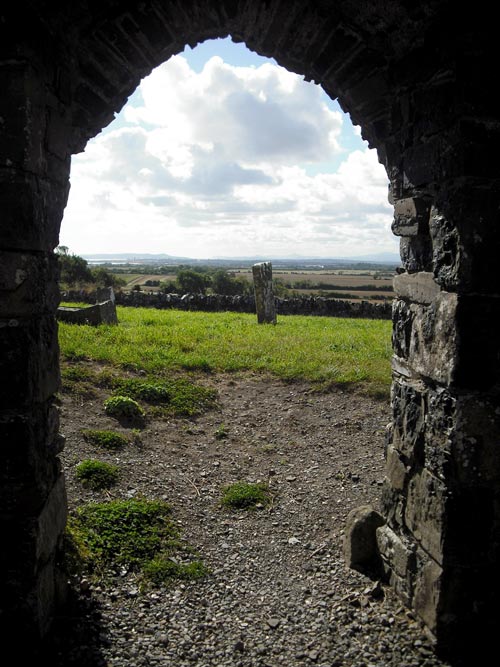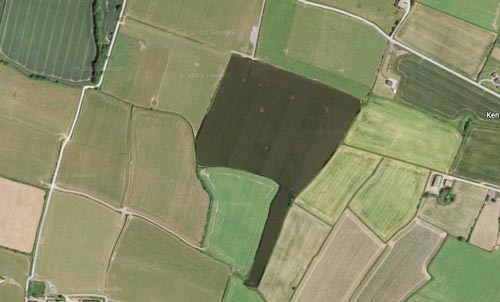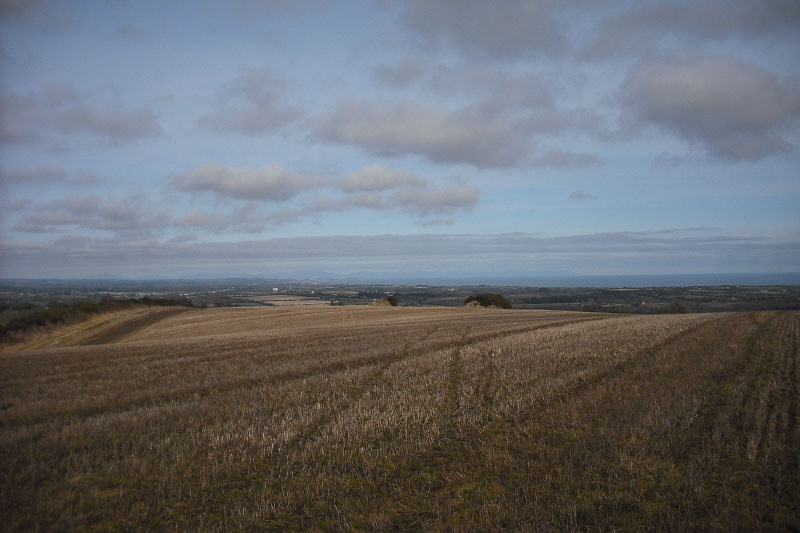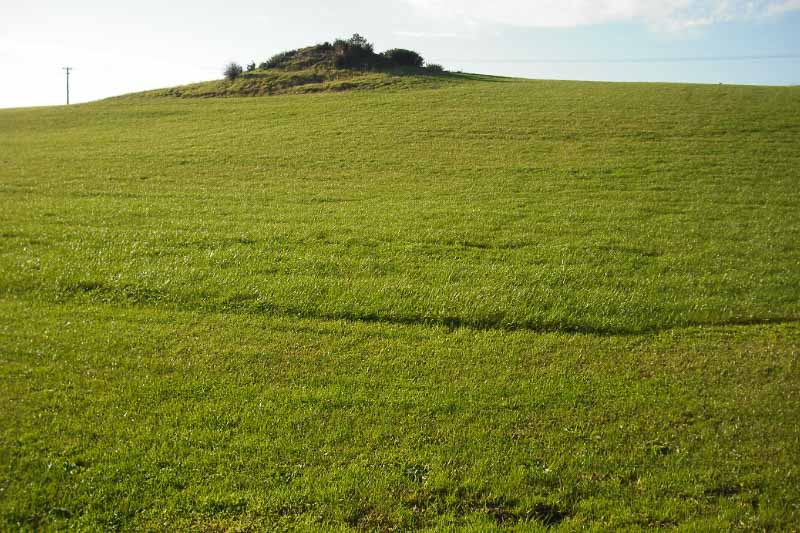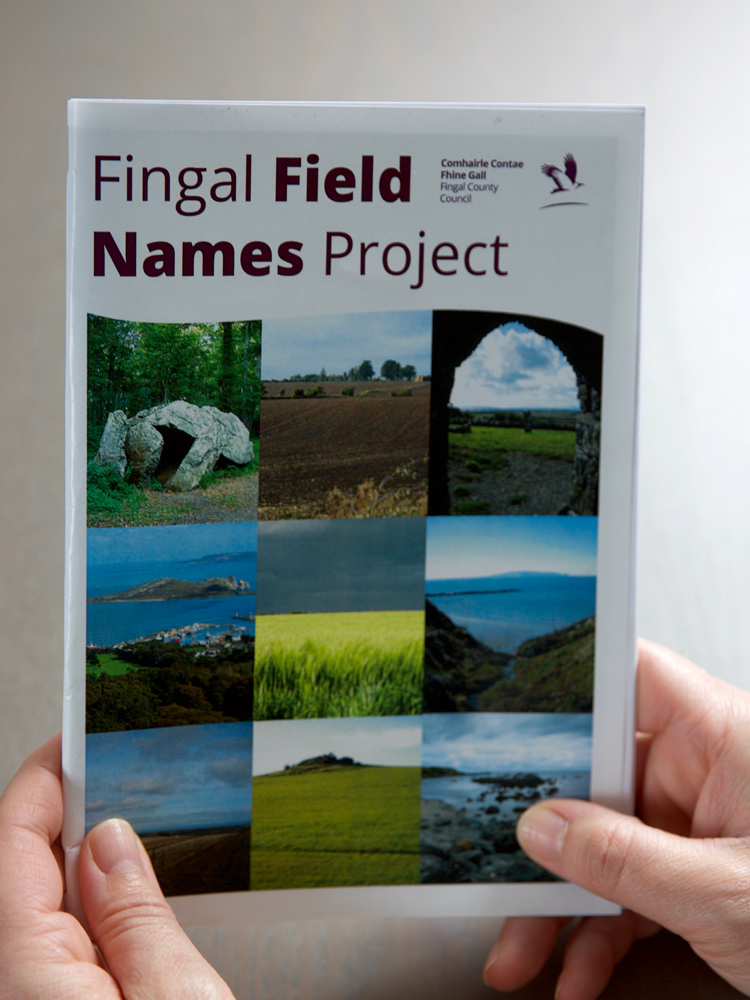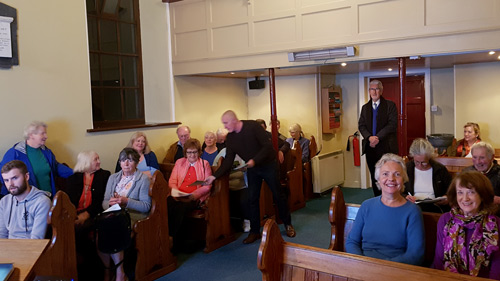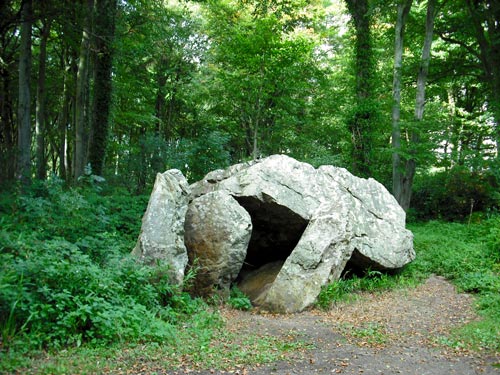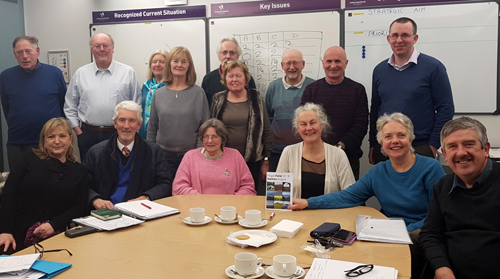Fingal Fieldnames Project
Fingal Fieldnames Project
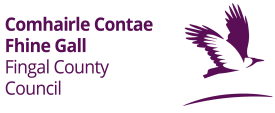
‘The Barcelona Field’, ‘Foot’s Acre’, ‘Skop Moggy’ … these are amongst the more unique and unusual field names recorded during Phase II of the Fingal Fieldnames Project. ‘The Barcelona Field’ in Haystown was so-called because many years ago a homeless man stayed in this field and was regularly heard talking about Barcelona. ‘Foots’ Acre’ in Lispopple was the favoured hunting ground of a black cat with snowy white paws named ‘Foots’. As for ‘Skop Moggy’ in Kinsaley, this was the most indecipherable field name recorded, so it’s a case of answers on a postcard please!
Over the past six months, Abarta Heritage has worked closely with Fingal County Council and a range of local volunteer groups and individuals to record and analyse the fieldnames of Fingal which will be safeguarded for future generations.
The foundations for the project were laid in 2018, when Abarta Heritage provided training and support to five local history and heritage groups. However, in 2019 the project really took off and spread to many other parts of Fingal, with new groups and individuals coming on board. People from Rowlestown/Oldtown, Naul, Malahide, Donabate and Portmarnock joined with Ballyboughal, Lusk, Rush, Skerries and Garristown to participate in the endeavour. Over 800 fields across more than fifty townlands have now been surveyed and enthusiastic volunteers are busy recording more.
Along with unusual and enigmatic field names, there have been other interesting findings. Fingal is a relatively flat piece of land with nowhere being more than 180 metres above sea level. Yet the word ‘hill’ appears in twenty-two field names recorded, more often than any other word. Even more unexpected was the appearance of the word ‘mountain’ in thirteen field names, such as the adjacent fields of ‘First Mountain’, ‘Middle Mountain’ and ‘Far Mountain’ in Damastown.
A small but significant number of field names had clear origins in the Irish language. ‘Raheens’ and ‘The Killeen’ in the Ballyboughal area are, according to local tradition, burial places for unbaptised children. Four field names on the Donabate peninsula were derived from Irish – ‘The Garrans’, (An Garrán: the grove), ‘Raheen’ (Raithín: small mound) and ‘Shreig’ (sraith: low-lying meadow) are clearly of Irish origin. However, the ‘Philippine Lay’ is a curiosity until you consider that the Irish word for plover, a type of bird found in the area, is ‘Pilibín’. With strong foundations now in place, the project is well placed to continue into the future, gathering many more fascinating field names and related stories in Fingal.
We really enjoyed working on this fascinating project and we would like to thank Fingal County Council for all their help and support, in particular Fingal Community Archaeologist, Christine Baker.
We would also like to thank all the voluntary organisations, individuals and landowners who became involved – over one hundred people engaged with this project over the last two years so we would like to sincerely thank them all for their time, energy and enthusiasm.
